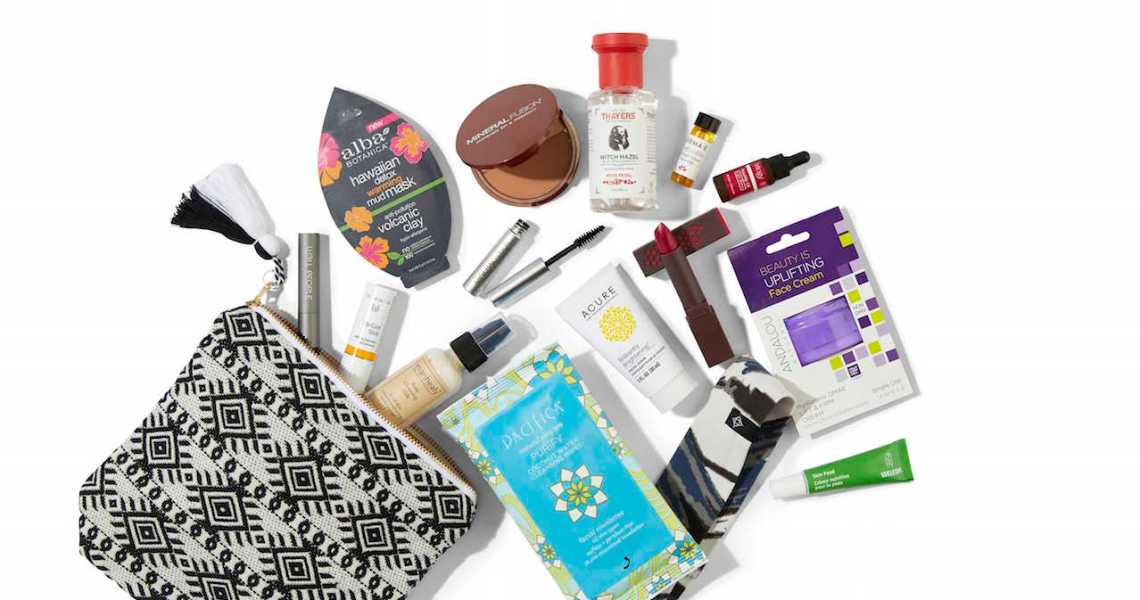Whole Foods Market has been selling beauty products since it was founded in 1980 in its 500 doors, but as clean beauty and wellness have become mainstream, the Amazon-owned grocery store and market wants to be known as a beauty destination.
Tasked with this goal is Jen Coccaro, director of merchandising for Whole Body, the beauty and wellness sector of the company. Coccaro, who has been with the company since 2017, has been focused on not only educating current Whole Foods shoppers, who are health-conscious and between 22 and 40 years old, about its beauty offerings, but also recruiting new brands to prioritize Whole Foods as a distributor and partner. Still, Whole Foods’ in-store revenue has largely stayed flat since being fully integrated into the Amazon fold in 2018, according to the company’s most recent earnings in April.
Coccaro sat down with Glossy to talk about the trend of clean beauty, Amazon’s relationship with the company and its loan program for small brands.
What is Whole Foods doing to elevate its position itself as a clean beauty retailer?
What’s a trend today is who we have always been — we’ve been carrying clean beauty for 30 years, but we are somewhat of a best-kept secret in that space. What we are trying to do now is be more engaged in the industry, make our customer more aware of us and that we have clean beauty products and full solutions to wellness. We are in a unique position in terms of our scale and position in the industry to be able to educate people about our products and ingredients. For example, in March, we did a beauty swap campaign where we told customers, ‘Come in and trade out your existing beauty products for clean beauty products.’ We gave [1,000] free beauty bags away with trial sizes of products to encourage people to engage with us.
Other than the beauty swap, what else are you doing?
The next big thing is in October when we have a big three-day sale [across the store]. We like to leverage those sales because it’s a great time to get people in the door and try products. We also do demos in store and in-store events that are focused on impulse purchases. No matter what store you walk into, there’s an impulse strategy at the checkout line or counter. We want to encourage people who are buying food but not entering beauty to try something new. We are also thinking about what to do with our experiential bath business, where you walk in and there’s hand-cut soap, salts, salt blocks, scrubs, so that customers can see, smell and touch.
What trends in clean beauty are you seeing?
Our beauty supplement category has grown tremendously and become a big part of our business. I work closely with my supplement merchandiser to think through the holistic strategy around beauty inside-out. You’ll see us do things like promoting complimentary brands for inner-outer beauty or offer sample demos together. We’re also seeing more brands focus on environmental protection with products that protect you against pollution.
What’s the status of the relationship between Whole Foods and Amazon? Do you feel their ownership?
They’re very engaged and interested in what we are doing, but from a merchandising standpoint we are unique and independent decision-makers. What’s been the most beneficial to us has been the Prime program. We have activated in-store around Amazon’s Prime Day deals, which have been successful for us — we can offer deals to those customers to engage them. And it’s a great way to drive people into Whole Body; it checks that box. We also have Prime Now [delivery] in a number of our stores, so members can get Whole Body products in two hours.
Ad position: web_incontent_pos1
How are you trying to reach brands to distribute through Whole Foods?
We are always looking for the newest and best brands, so we talk a lot about how to find those brands first and build connections. One of the things people don’t know is that we have a local producer loan program. A lot of small local [brands] sold at Whole Foods can apply for a program where we give them a loan to support their business and get them off the ground. Many of our big brands, like The Seaweed Bath Company started as local loan producers. It’s different than an incubator [or accelerator] program, but we have a way to support and build those brands and cultivate them.




